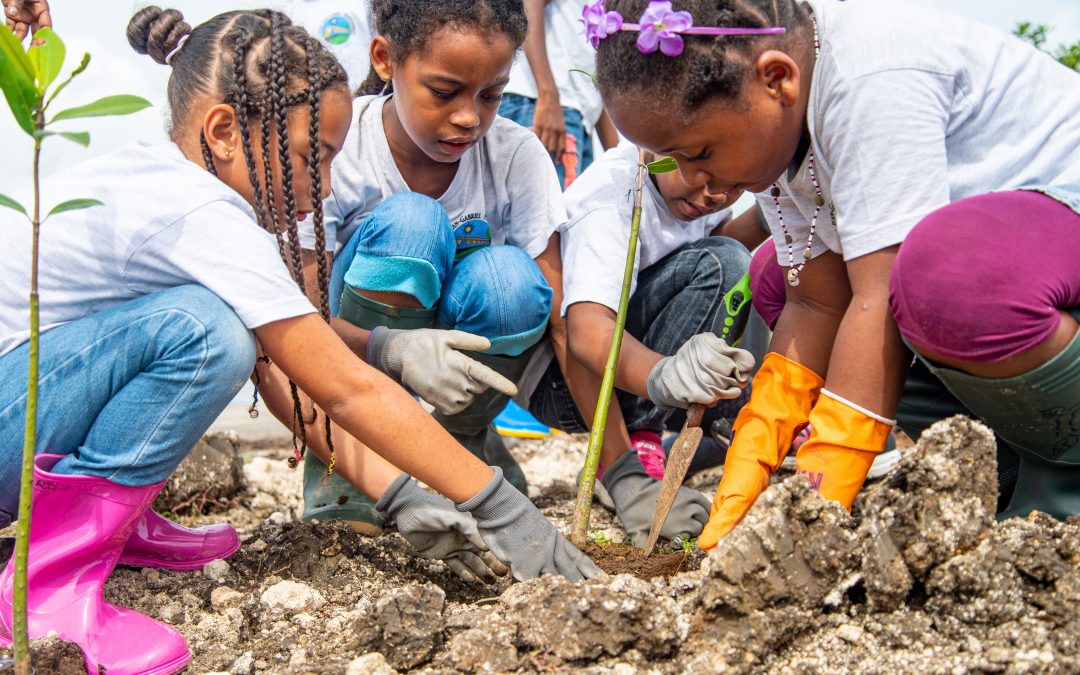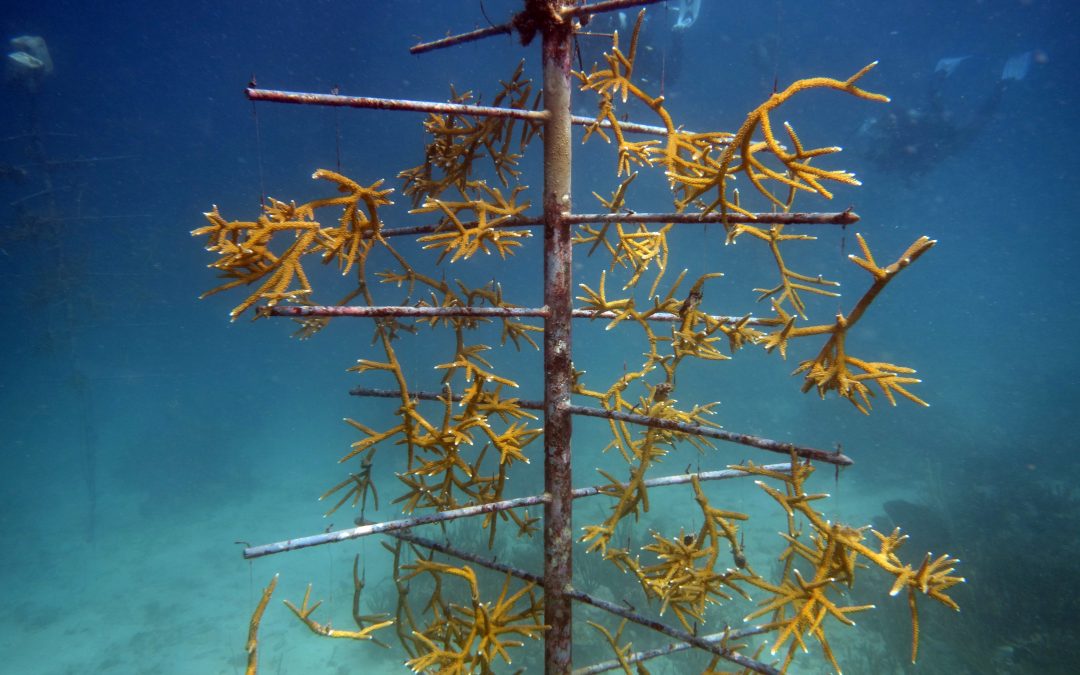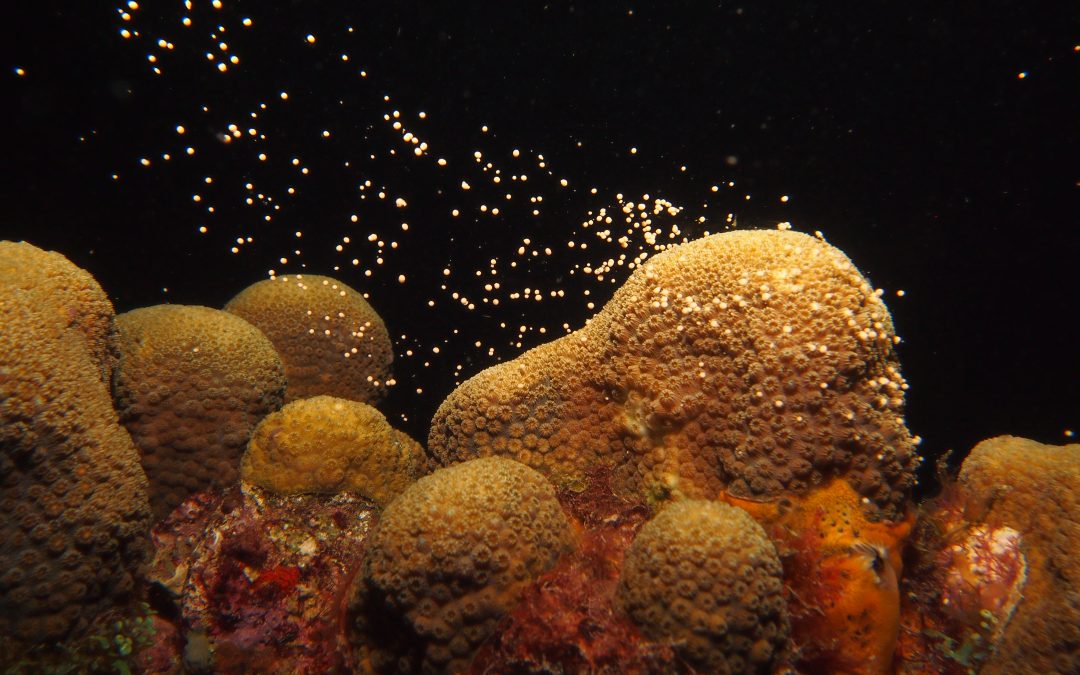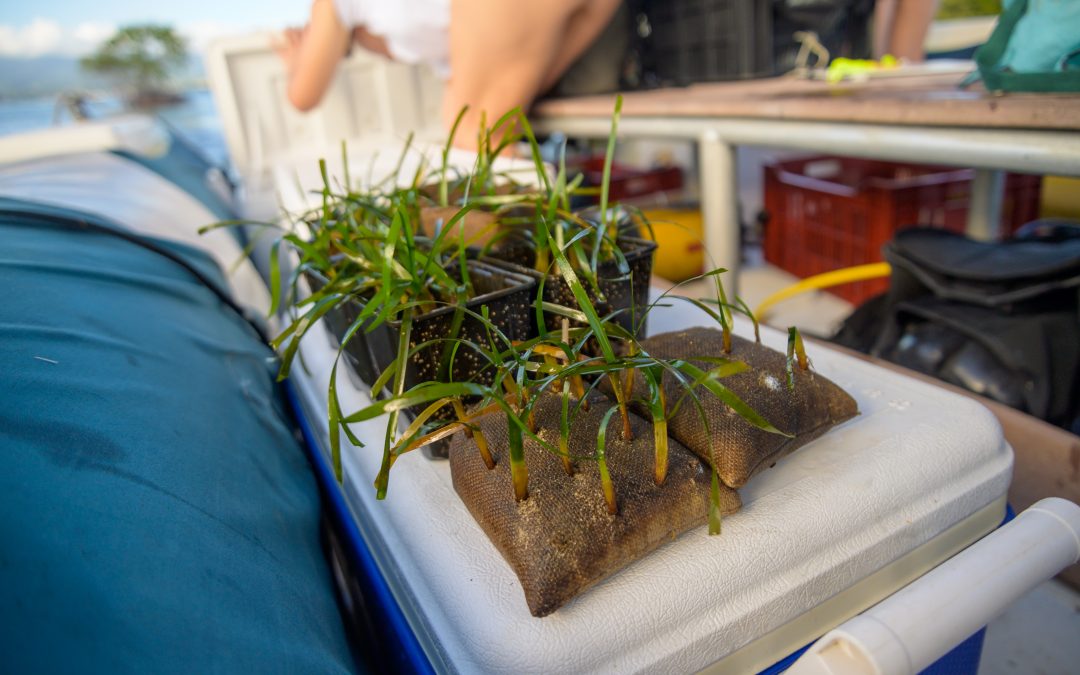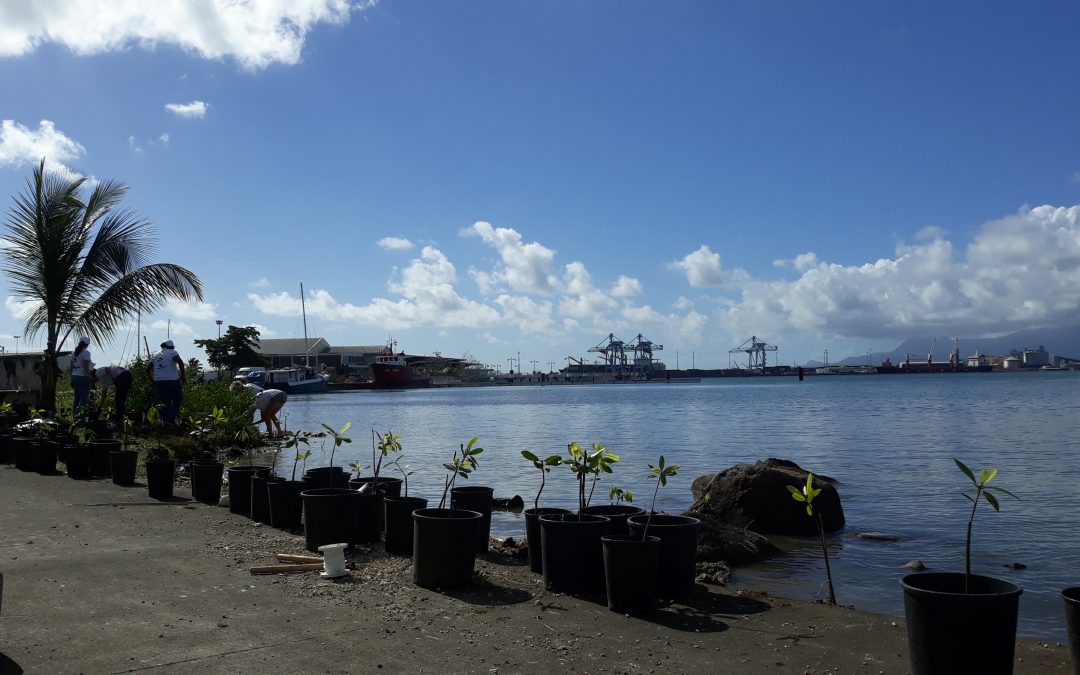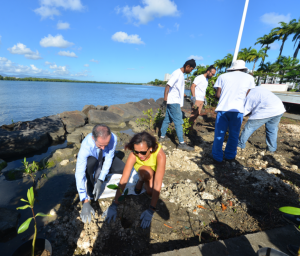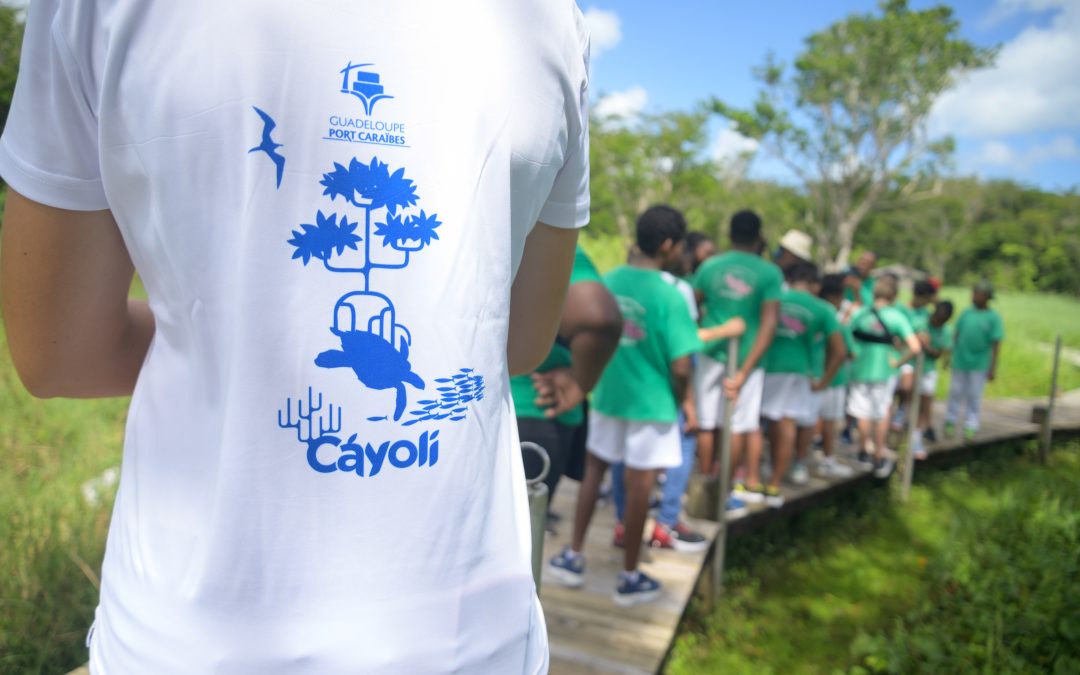
The discovery of the mangrove
Cáyoli Junior’s vocation is to create projects and pedagogical tools with and for students. During the school year 2018-2019 we worked with the class of CM2 of Mrs. GRUEL of the Externat Saint Joseph de Cluny..
DISCOVER THE MANGROVE TO BETTER PROTECT IT
Discovering the mangrove was the objective of the work with this class. Animations in class and exchanges with the teacher have punctuated this year to discover the wetlands of Guadeloupe : their history, their functioning. This long term awareness action led to the collective realization of a booklet on the mangrove with the story of Cáyoli the little crab, entirely written and illustrated by the children.
To end this beautiful adventure, we went with them to the contact of these wetlands by visiting Taonaba, the house of the Mangrove. For this outing, the association “Zye a mangrov’la” proposed to the children an animation to deepen their knowledge.
Photo crédit: HappyMan Photography

